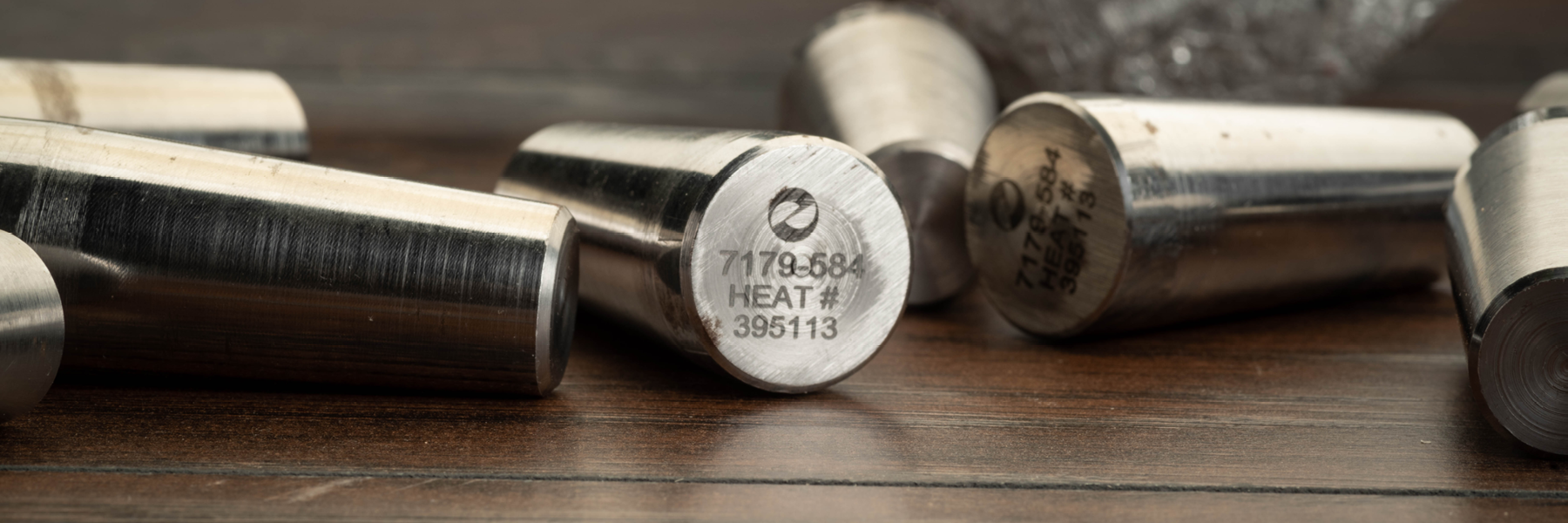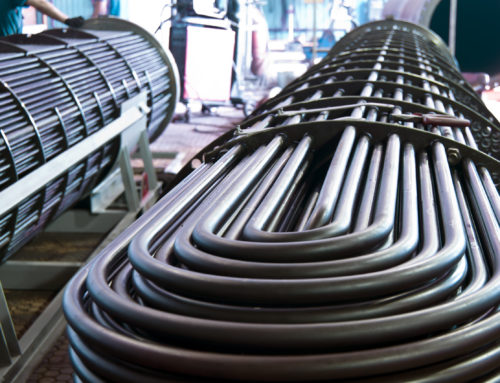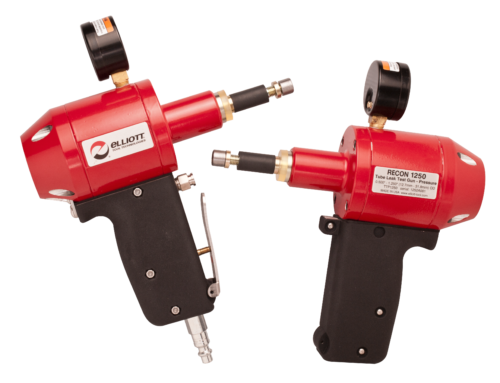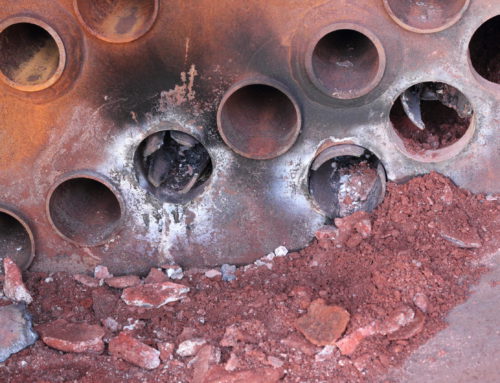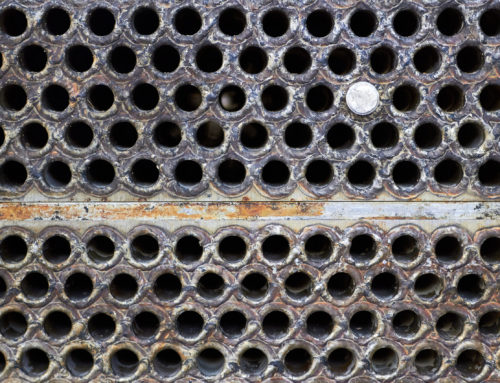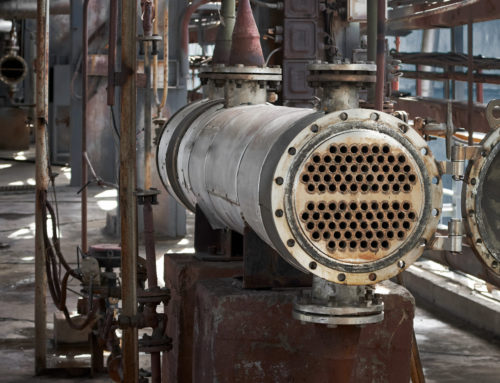What’s The Deal With SA-105?
Understanding Material Selection For Tube Plug Welding
Welding has become fairly common practice in pressure vessel fabrication and maintenance. From tube ends to plugs, welding can provide additional strength or sealing coverage if done correctly. When it comes to tube plugging, many customers are facing questions about plug materials and special requirements to ensure vessel specifications are met. In this article we will discuss the changes to the ASME code, material types and nomenclature, and impacts to the welding process.
Selecting The Right Material
When plugging a tube, it’s best practice to use the same or a compatible material to the tube to prevent corrosion. Using a dissimilar metal will cause the tube and plug to corrode, resulting in a leak and plug failure. Generally, in most cases it’s easy to match the tube material to the plug without any special material designations. However, there are a few materials that can have several grades or uses depending on the application.
Nomenclature
Different grades of Carbon Steel have become more popular, due to specifications set by ASME and other standards for welding.
One method to identify materials is based on the organization that specifies it. The American Society for Testing and Materials (ASTM) and the American Society for Mechanical Engineers (ASME) often work together to produce material specifications for the pressure vessel industry. As a result, their spec’d materials will often start with ASTM or ASME followed by the material, or an “S” prefix will be added in front of the material number.
The ASTM Grading System will also assign a letter prefix to a metal based on the category. For example, ‘A’ typically refers to ferrous materials (contains iron), where ‘B’ refers to nonferrous materials (does not contain iron). Combined with the organization prefix, materials may read ASTM A105 or simply SA-105.
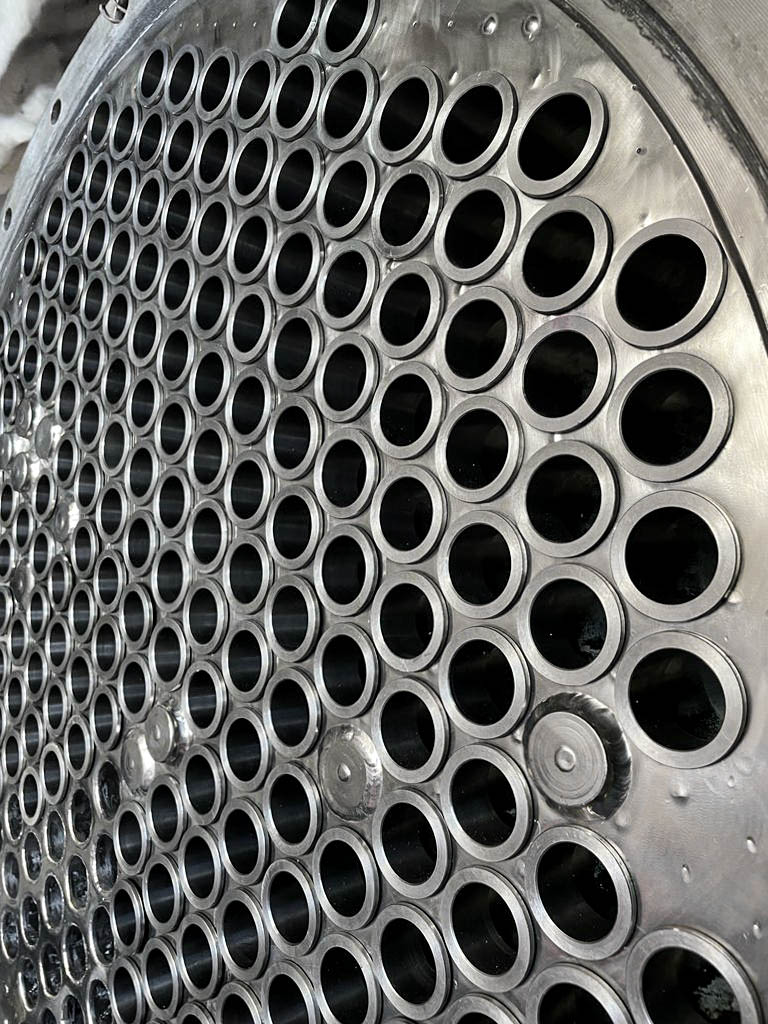
Welded One-Piece Plug
Tubing Material v Bar Stock
When matching plugs or tooling to a tube spec, it can be difficult to know which designation to look for. Materials that are specified by ASME or ASTM often refer to the tube material itself. Depending on the grade, the material used to manufacture tubes may not be available in a solid round bar for manufacturing. This means that materials may not match on name alone but should be matched based on the chemical composition of the material.
For example, SA-105 specifies a seamless forged carbon steel pipe that can be used in pressure systems at variable temperatures. However, SA-105 does not have a solid round bar counterpart instead it points to a different “A” hot-rolled carbon steel with a specific chemical composition matching that of SA-105.
Chemical Properties For Welding
While many materials can be used for welding operations, the preferred type of metal can vary depending upon the welding method and application.
In the case of tube plug welding, SA-105 Carbon Steel is often specified due to its ability to withstand high temperatures and pressures. Since SA-105 tubing is forged, it is much stronger than regular carbon steel and can withstand higher temperatures without degrading. Additionally, it’s lower carbon content makes it an easier material to weld compared to other carbon steels.
Plug Installation
Once it’s determined that a vessel needs to be plugged, the end user or manufacturer will specify the type of plug that should be used, the material, as well as other process requirements. Depending on the vessel and the amount of tube degradation, welding may be specified.
Welding Requirements
While there are several benefits to welding One-Piece plugs, if not done correctly it could cause damage to the tube sheet or tube sheet holes. As a result, it is critical that a reputable contractor or on-site welder is used to complete the job and avoid costly repairs in the future.
Welding will increase the chance of the plug holding at higher pressures and ensures that the plug has the best seal. Where a traditionally installed one-piece plug can only hold up to 150 PSI, welding will allow it to withstand up to 1,000 PSI. Additionally, if the tube is more corroded, welding will make sure there is a tight seal and prevent leaks or dislodging.
Prior to welding, many end users require that all plugs have appropriate material certification. For SA-105 plugs, heat lot numbers may also be required. This documentation verifies that the right type of plug is being used and allows for traceability should there be an issue.
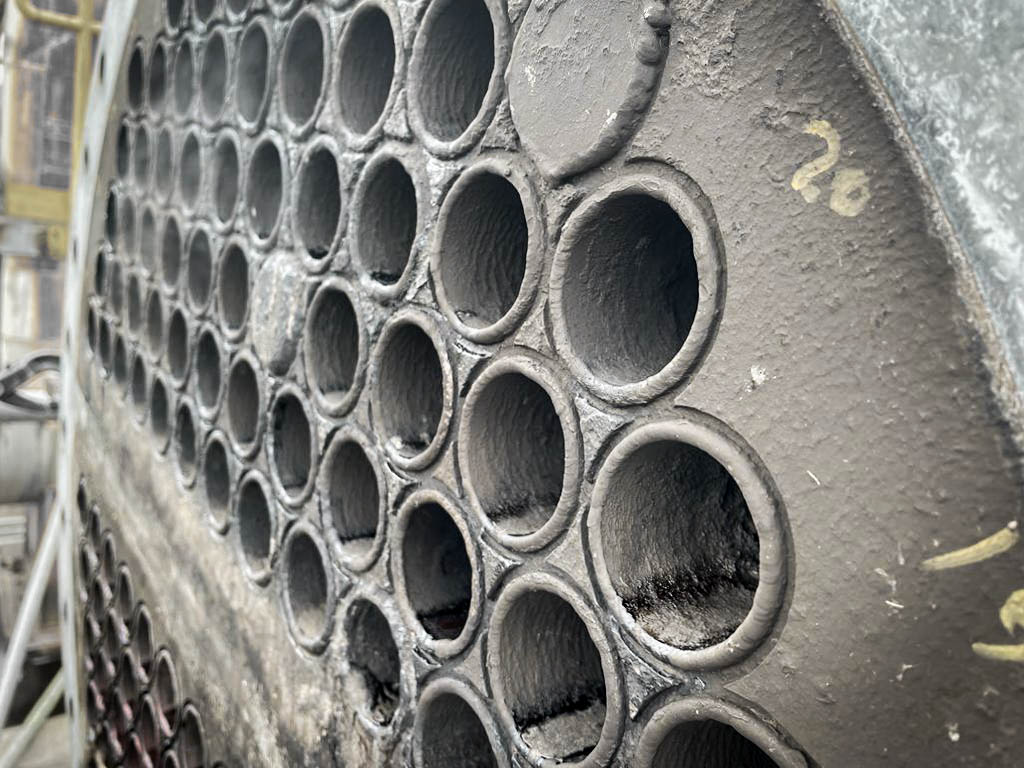
Welded One-Piece Plug
Tube Plugging Process
Before installing one-piece plugs, all tubes should be trimmed flush to the tube sheet. Hammering a plug into a projection can cause the tube end to crack and a poor seal. The plug needs to make full contact with the tube sheet to create a good mechanical seal.
In addition to trimming tubes, it is best practice to clean and vent the tubes that will be plugged. This will get rid of any remaining debris and avoid any future build-up of pressure in the tube. Depending on the industry, venting may not be allowed so it’s best to confirm with the manufacturer.
Once the tubes have been prepped, you can start plug installation. The design of the one-piece plug makes them easy to install. The tapered pin is installed by simply tapping the end of the plug into the tube with a hammer or mallet until metal-to-metal contact is made and then advancing it an additional 1/8”. Driving the plug all the way into the tube can cause stress on the joint and has the potential of causing damage to the ligament. If this occurs it can cause adjacent tubes to leak. Generally, operators say you’ll hear a ringing sound or a ping to let you know that the plug set.
Summary
Overall, welding one-piece plugs can be a viable option for many different applications. Whether the tube is corroded, or the user wants the extra seal protection, when done correctly welding can be a great solution. However, it’s important to understand what materials and documentation are required to ensure vessel specifications are met. For example, ASME often specifies that SA-105 Carbon Steel be used in welding applications due to its strength under pressure and high temperatures. Additionally, material certifications and heat lot numbers will provide optimal traceability in the event of a failure.
For more information about one-piece tube plugs, visit: https://www.elliott-tool.com/one-piece-tube-plugs/

